To overcome a lack of natural light in a given space—or to increase the added benefit of natural lighting on human biology—improved lighting now demands a connection to the outdoors. Human-centric commercial lighting can aid in patient recovery in hospitals, improve team productivity in offices and conference rooms and support learning in classrooms.
Today’s LED color tuning systems allow users to control the color of light anytime after installation. Color-tunable light fixtures can harvest daylight and control light color temperature throughout the day, changing from daylight to cool white to warm white as the day progresses. Color tuning affords the ability to attune lighting to individual preferences or specific application needs. For example, the user can set the LED light fixture to follow the sun’s natural east-to-west course throughout the day or choose from standard presets (i.e., dawn, morning, midday, afternoon and evening).
Three types of LED color-tunable lighting technologies allow users to tune lighting fixtures in a residence or workplace.
Dim-to-warm
- 2700K – 1800K range
- Mimics incandescent lighting or candlelight
- Dim-to-warm products become increasingly warmer in tone, akin to a flame, as light dims. These tend to work best in restaurants, hotel lobbies and guest rooms; also in ballrooms, theaters and homes.
Tunable-white
- 2700K – 5000K range
- Mimics daylight
- Tunable-white products allow for increasing kelvins, which increases blue-toned hues and intensity to simulate daylight. These tend to work best for industrial, medical and office lighting; also in museums and art studios.
Full-color tuning
- RGBW (Red, Green, Blue, White)
- Provides full range of color wheel and tunable-white
- Full-color tuning products, also known as RGB, RGBA, RGBW, or color changing use primary colors to produce most colors across the color spectrum.
Light and light color also play an important part in regulating the human body’s biological clock, also known as circadian rhythm. Light color and intensity can induce alertness in the daytime and rest and relaxation in the evening.
Most color-tuning products come with applications on Apple or Android devices as well as wall control units. It’s important to compare control options, such as a user interface and available settings.
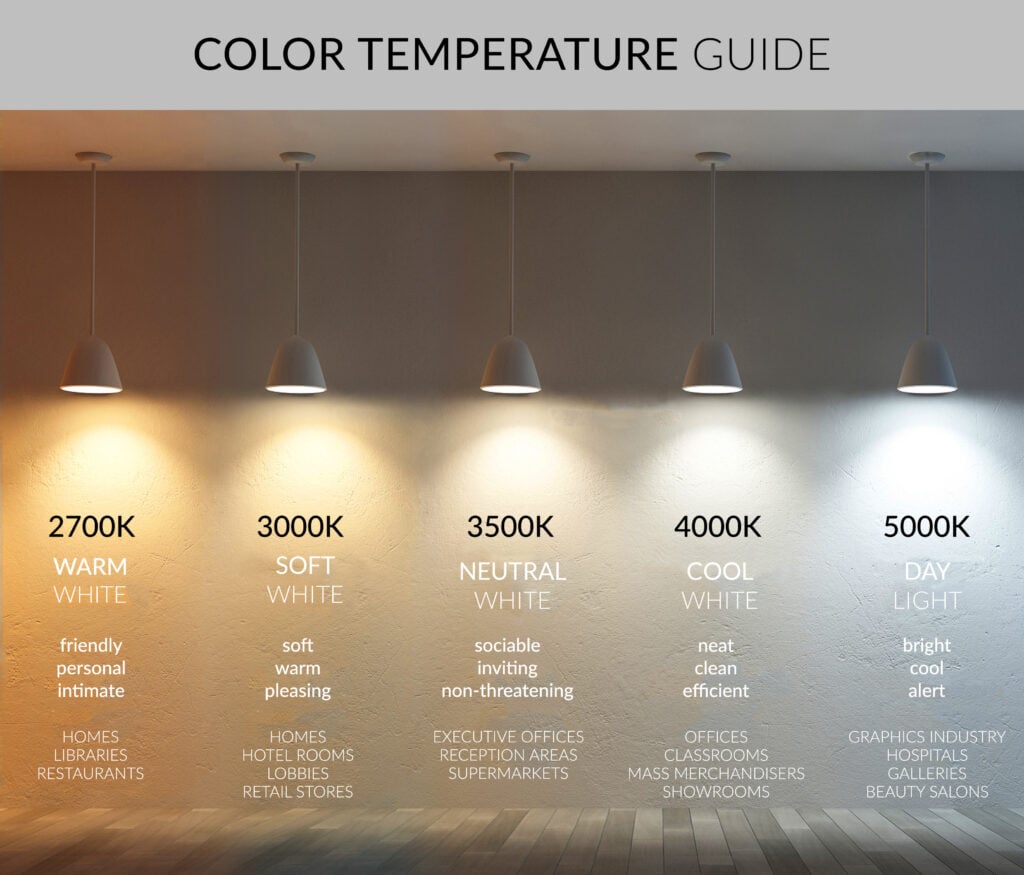
In summary, color tuning affords the user the ability to control light color and intensity. Lighting can adapt in environments to suit particular functions on-demand.

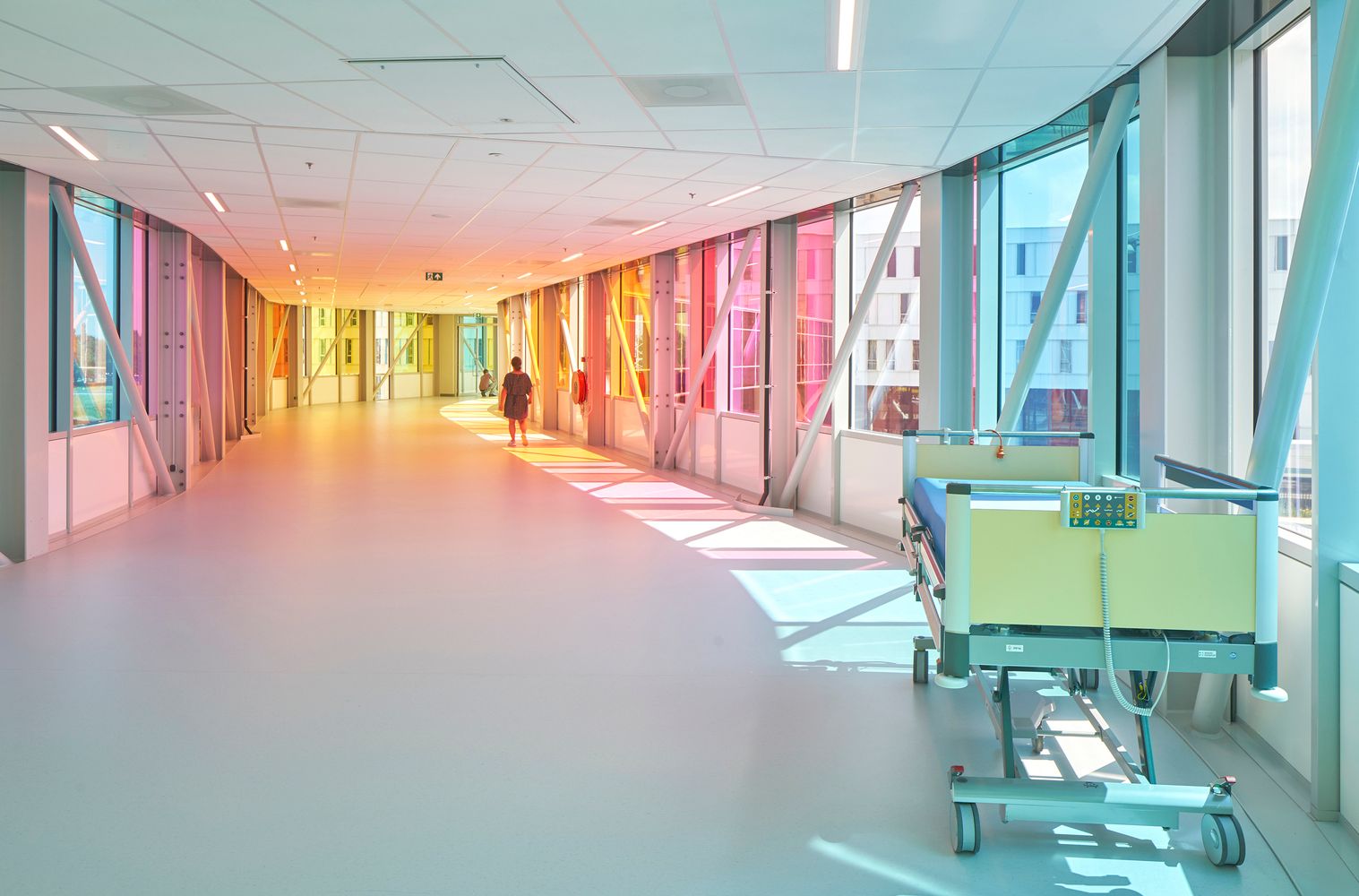
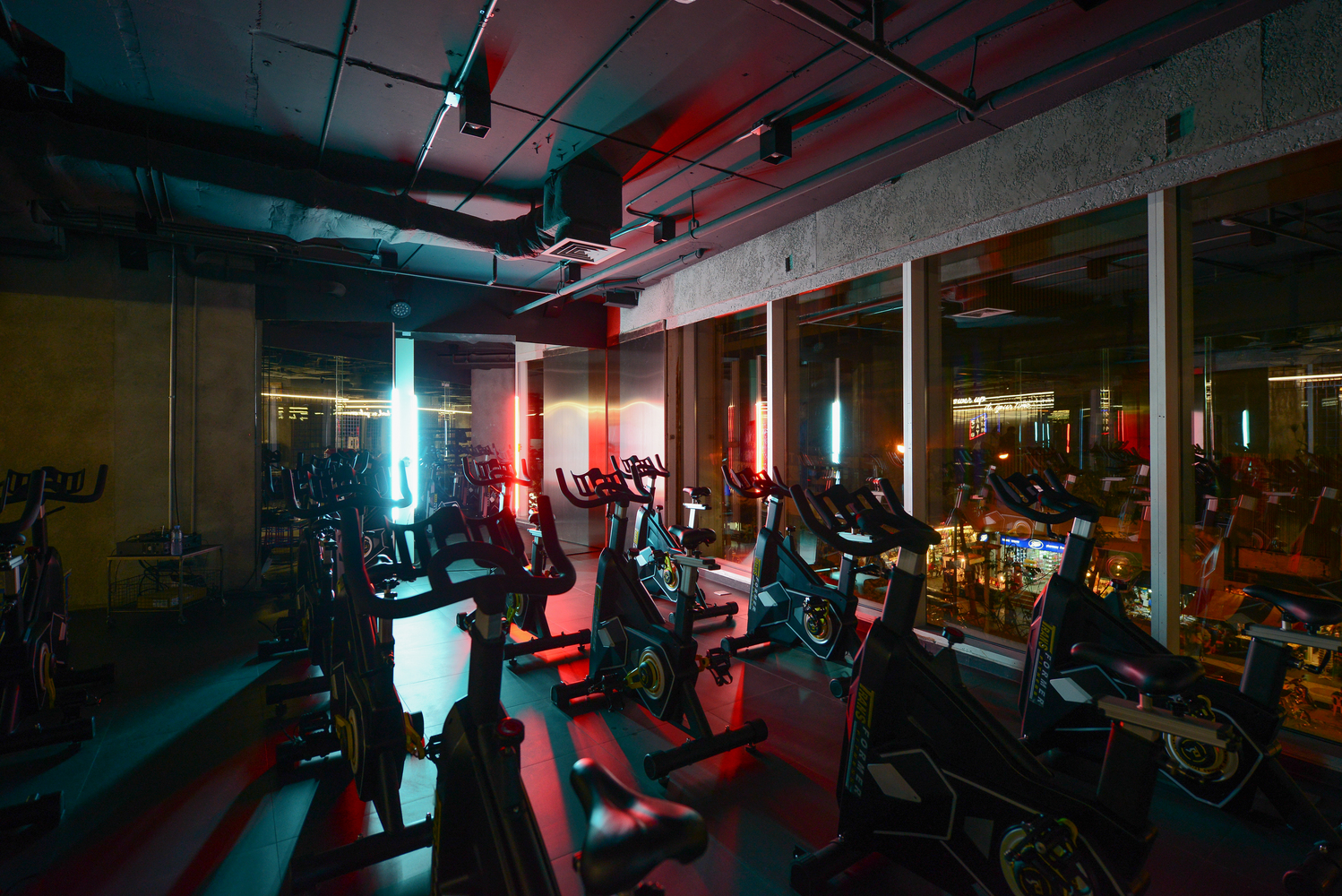
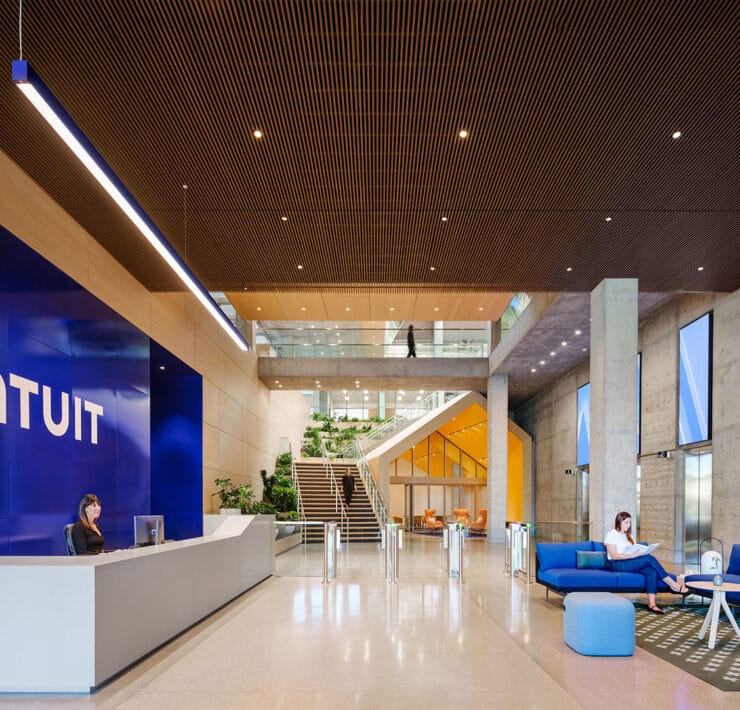
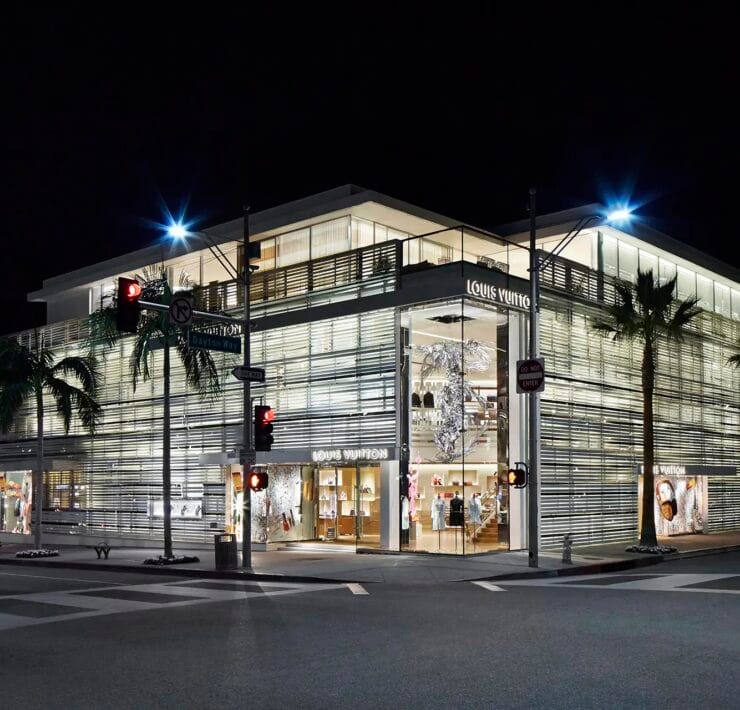


[…] in the interview, healthy lighting strikes the balance between adequate natural lighting, the proper use of LED light color temperature and intensity throughout the day and total […]
[…] Today’s LED color tuning system allows users to control the color of light anytime after installation. Color tuning affords the ability to attune lighting to individual preferences or specific application needs. For example, the user can set the LED light fixture to follow the sun’s natural east-to-west course throughout the day… Read more »